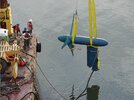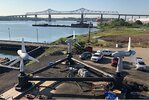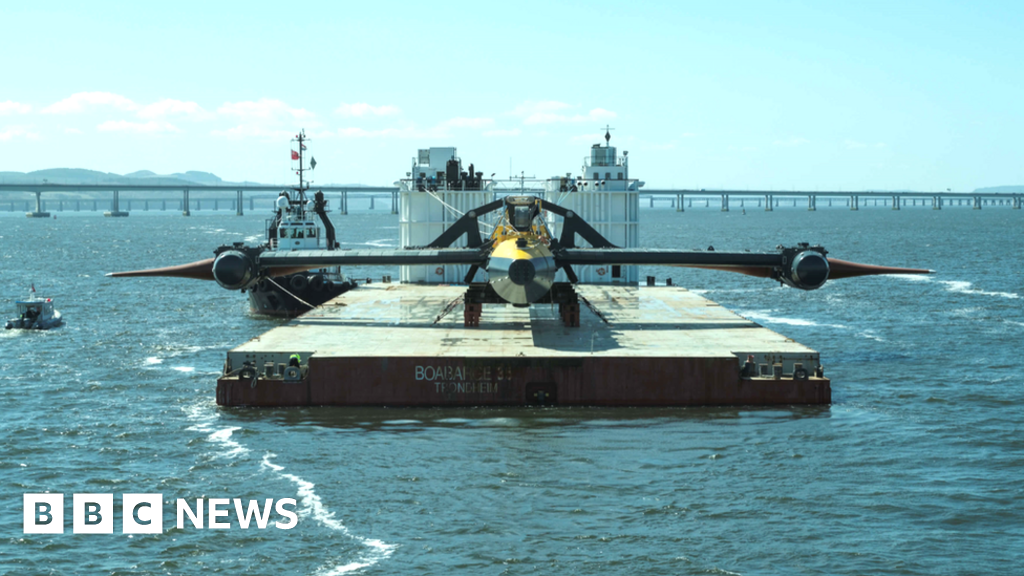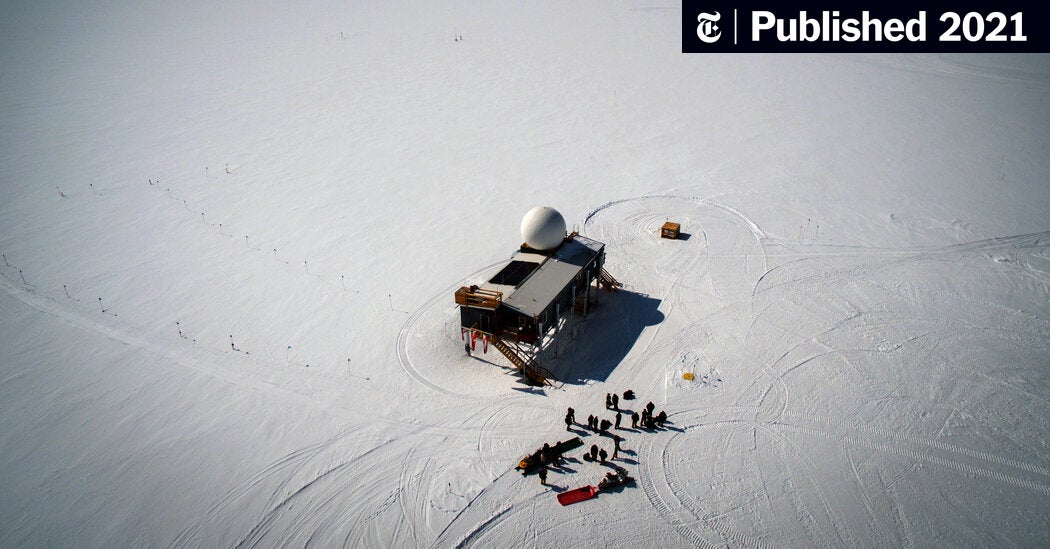kamkar
Well-Known Member
- Joined
- Oct 11, 2013
- Messages
- 34,291
- Reaction score
- 18,898
- Country
- Denmark
- Dash Cam
- 10 years, many dashcams
I think base load have something to do with fluctuations in power consumption, as you probably know this power usage can fluctuate quite significant, and not all forms of power generation can ramp up fast enough to deal with spikes like that.
these fusion plants there are pretty much no incentive to power them down once they are up and running, so they will be ready at a notice warning, of course you could do the same with a coal plant but that would not be environmentally right to do, a nuclear power plant can probably too ramp up pretty fast.
Anyway with wind as it is right now at least, you do run the risk of having 100ds of windmills sitting idle as there is no wind,,,,, of course fuel to X will remedy that to some degree at least.
Anyway you look at it and with power usage only going up, it is one of the arguments for the smaller local power grids some advocate for, and i can also see the advantages of those, i just cant see how they could be implemented in a metropolis, and more and more people move towards big cities,,,,,,, for reasons i do not fully comprehend as a somewhat introvert person.
these fusion plants there are pretty much no incentive to power them down once they are up and running, so they will be ready at a notice warning, of course you could do the same with a coal plant but that would not be environmentally right to do, a nuclear power plant can probably too ramp up pretty fast.
Anyway with wind as it is right now at least, you do run the risk of having 100ds of windmills sitting idle as there is no wind,,,,, of course fuel to X will remedy that to some degree at least.
Anyway you look at it and with power usage only going up, it is one of the arguments for the smaller local power grids some advocate for, and i can also see the advantages of those, i just cant see how they could be implemented in a metropolis, and more and more people move towards big cities,,,,,,, for reasons i do not fully comprehend as a somewhat introvert person.






